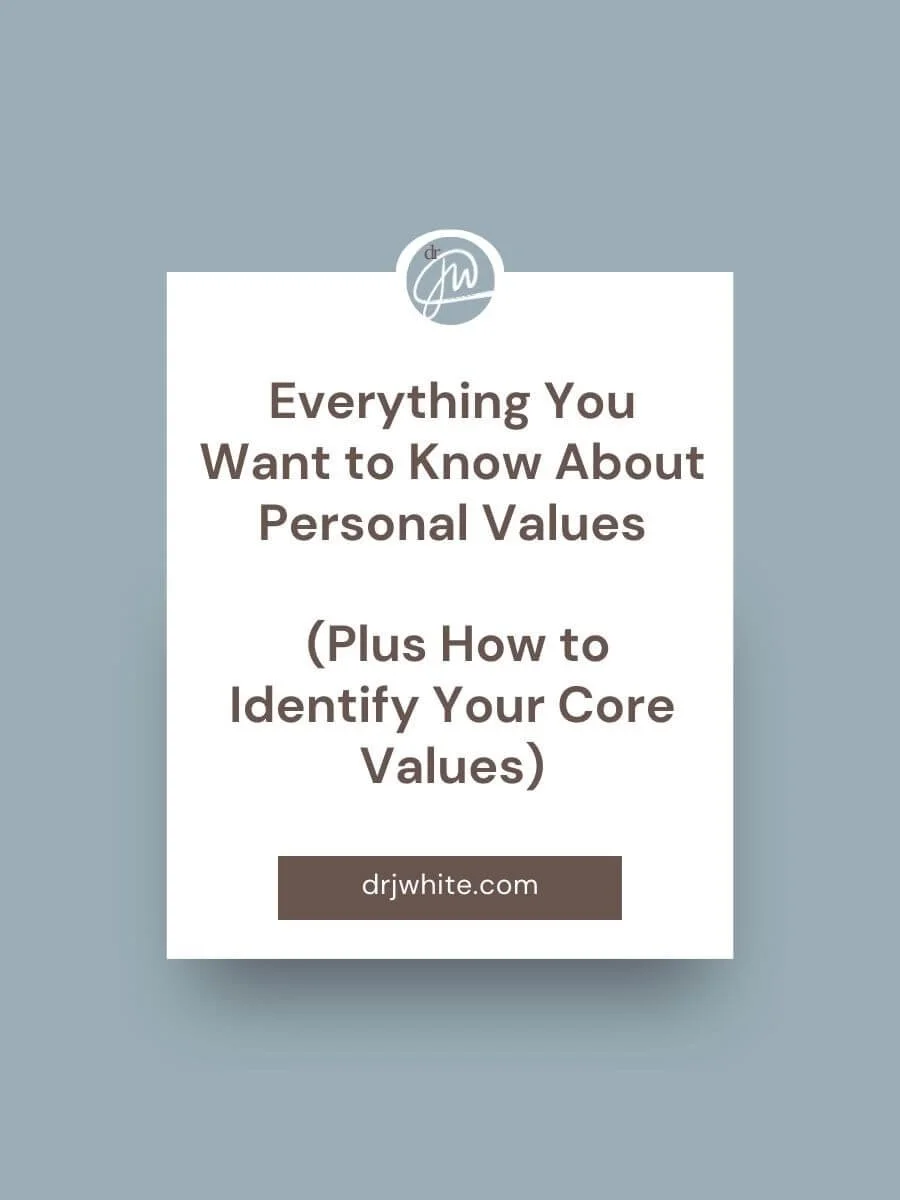Try Getting Some Restorative Rest
Did you know there are different ways to rest? You can rest your mind and you can rest your body. You can also rest mindfully or mindlessly. Exploring and understanding the differences can help you figure out what works best for you and in which situations. When you are able to choose or plan ways to rest that are more intentional, you might find yourself feeling more restored.
Typical Ways of Relaxing
Consider different ways you might rest. One way might be lounging on the couch after work and another might be taking a nap after a night of disrupted sleep. These are very clear ways to let your body be still and ease tension from your muscles. They also generally require very little effort or mindful attention.
In fact, you may not even plan to do these things; sometimes they just happen. How many times have you sat down with the intention of a quick break and found yourself asleep unexpectedly or sucked into the couch, mindlessly scrolling on your app of choice for hours?
Those moments might be necessary and inevitable sometimes, but do you really feel better afterwards? Sometimes, yes but sometimes, no. I know I’ve had these experiences and oftentimes, I feel even worse afterwards. I’ve had some “down time” but it felt so detached. I don’t feel restored or energized, ready to tackle my next task or interaction. And if social media was involved, sometimes I can feel down, agitated, or inadequate. That certainly isn’t a mindset I would describe as restful or restorative.
Be Cautious About Multitasking
How often do you multitask in your leisure time? It is a recurring joke these days that people look at screens all day to then go home and look at a phone screen while watching a slightly bigger screen for relaxation. Have you seen the memes? If you are scrolling through your phone while watching TV - what are you really doing? It certainly isn’t anything present or mindful. Again, I’m not saying you can never do those things but to increase opportunities for restorative rest, take a look at your habits.
Watching TV isn’t inherently bad or mindless. When you are watching a show or movie you enjoy or are invested in, you are being entertained and probably experiencing other emotions as well. Excitement, worry, sadness, fear. It takes you on a journey. It’s fun and it can even be reflective or a way to connect with someone else.
Have you ever had the experience of watching a show with a friend or partner and one or both of you are on your phones while “watching?” You aren’t really having a shared experience at that point. There is a different energy when you are sitting with someone and really taking in what is happening together. If you haven’t done that in a while, try it sometime and notice how it feels different.
Consider the Benefits
There are many benefits to using your time for mindful rest instead of always engaging in mindless disconnection. For one, you will likely actually feel more rested, invigorated or energized! You also may find yourself more connected to yourself, more self-aware, more connected to people around you, less anxious or overwhelmed, and maybe even sleeping better at night.
So, What Types of Activities are Restorative?
In some ways this can be an individualized answer. What one person finds restorative might feel draining to another person. For example, people with a high need for social contact would find sitting at home with a book to be tedious while an introvert may find a social gathering to be nightmarishly draining.
Take a few minutes and reflect on what types of activities and behaviors help fill your battery. For me, a textbook introvert, quiet time alone with a book is always restorative.
Other restorative practices could include: mindfulness meditation, yoga, journaling, spending time in nature, creating art or coloring, playing an instrument, moving your body through dance or going for a walk.
Keep in mind, these don’t have to be solo activities. Just be sure whomever you invite along adds value to the restorative process.
But What About the Guilt?
Sometimes, engaging in restful activities can be hard because you feel guilty for resting. Doing nothing isn’t “productive” and so when you sit down to relax, your brain starts telling you that you are doing something wrong. That track plays on repeat and you aren’t actually resting at all because your mind refuses to settle down. At that point, you probably just get up to do something else or multitask in order to appease that scolding self-talk.
This is a convenient time to start retraining your brain! We often avoid things because they make us uncomfortable. Being uncomfortable with rest can really limit our ability to take care of ourselves. If that is the case for you, try practicing new ways of engaging in self-talk.
Do Some Reflection
Take a few minutes today to reflect on how you spend your leisure time. Do you have a balance between mindful and mindless rest activities? Do you even know what you would enjoy doing as a restorative practice? If not, take some time to think about it. Are you one of those people who experiences guilt when trying to take time for yourself? If so, let me know and perhaps we can work together on giving yourself permission to rest.
Summary/TL;DR
Rest isn’t just about taking a break—it’s about doing it mindfully. You may be engaging in mindless activities that leave you feeling disconnected instead of rested. Taking time for mindful relaxation can restore your energy, help you feel more connected, and even improve sleep. Reflect on how you rest and consider making adjustments. You deserve to feel restored, not guilty about taking time for yourself.






